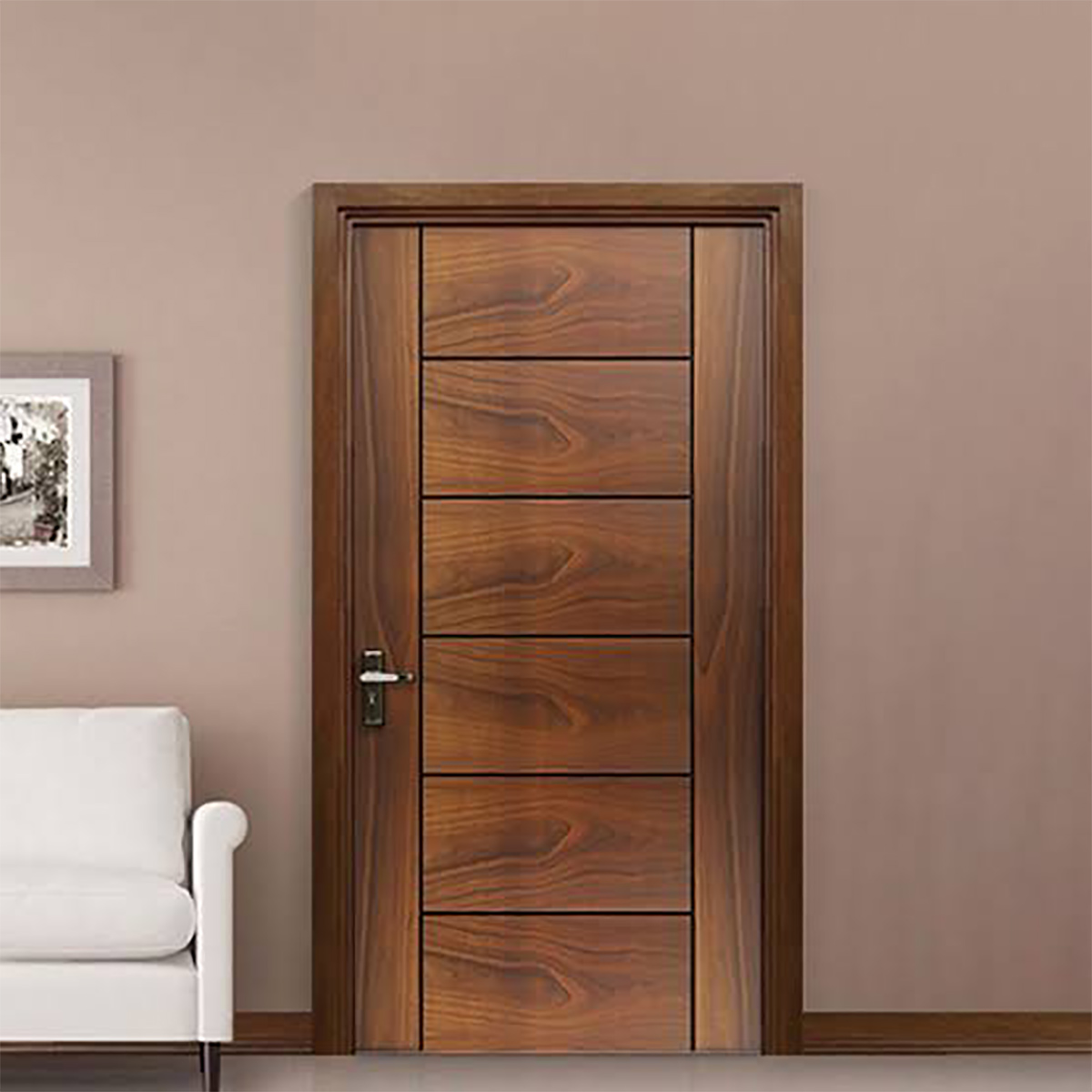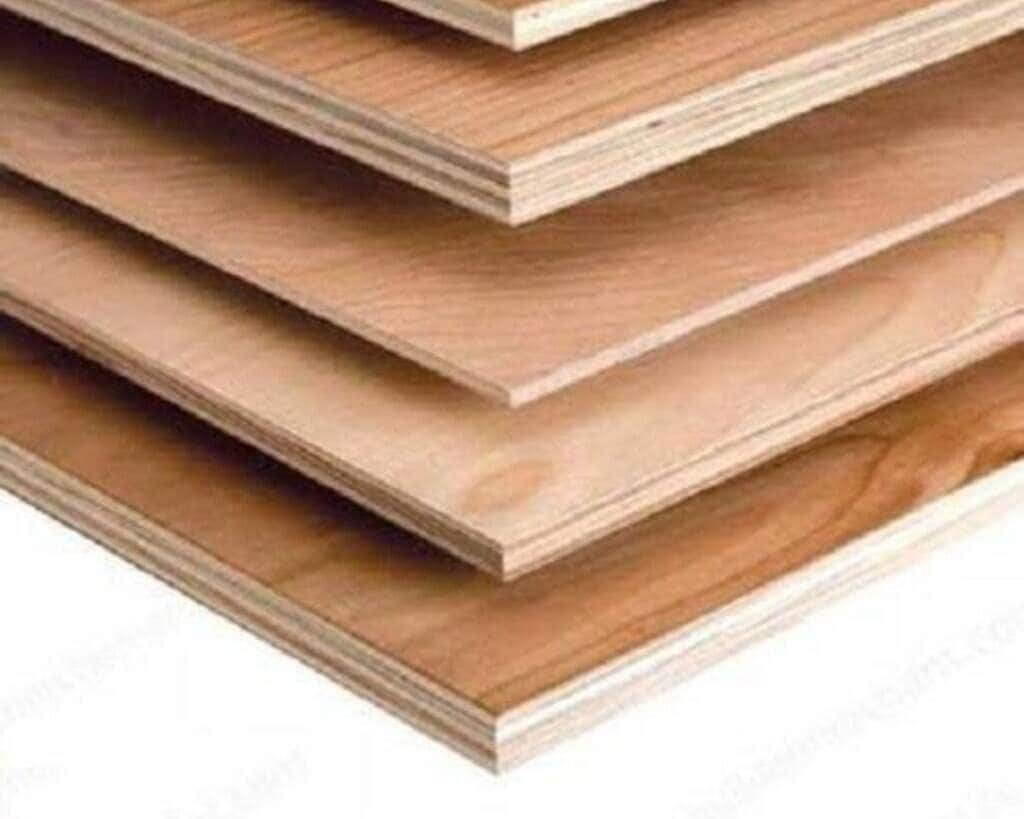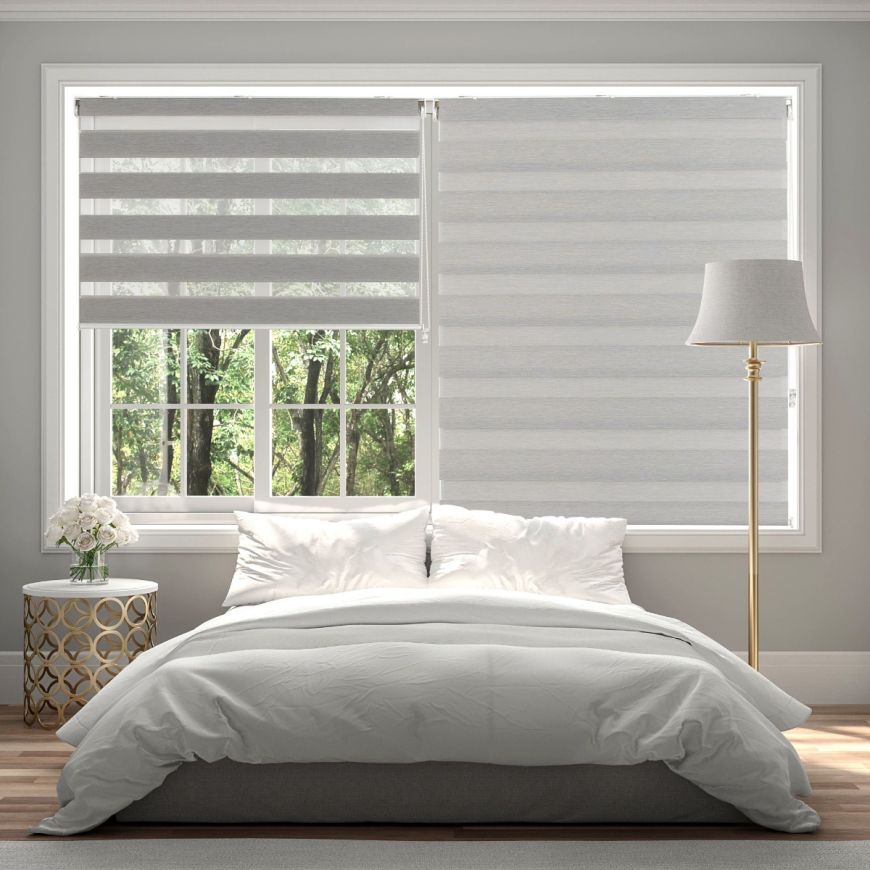
Advantages of Veneer over Traditional Plywoods
Veneer has several advantages over traditional plywood, especially in specific applications where aesthetic appeal, cost-effectiveness, and versatility are important.
Key Benefits :
1. Aesthetic Appeal
- Natural Look: Veneer offers a more natural and authentic wood appearance compared to plywood. The thin slices of real wood give it a luxurious, high-quality finish that is often more attractive than the layered look of plywood.
- Variety of Wood Types: Veneer allows you to achieve the look of rare or exotic hardwoods without the high cost. It’s available in a wide range of wood species and finishes, offering a broad spectrum of design possibilities.
- Grain Patterns: Veneers offer distinct and unique grain patterns that are more uniform and visually appealing than the mixed or sometimes artificial look of plywood.
2. Cost-Effective
- Lower Cost for High-End Woods: By using a thin layer of expensive wood as veneer over a more affordable substrate (like MDF or plywood), you can achieve the look and feel of high-end hardwoods at a fraction of the cost. This is especially useful for furniture or cabinet makers who want the aesthetic of luxury woods without the high price.
- Resource Efficiency: Since veneer uses thin slices of wood, it’s a more resource-efficient material. You can get a lot of veneer out of a single log, meaning less waste compared to using solid hardwood for entire panels.
3. Weight Considerations
- Lighter Weight: Veneered panels are typically lighter than solid hardwood panels because the layer of wood is thin, making them easier to handle and transport compared to solid wood or even traditional plywood.
4. Sustainability
- Environmental Impact: Veneering can be more environmentally friendly than solid wood because a single log of wood can be used to create many veneer sheets. This reduces deforestation and makes it a more sustainable option. Using veneer over engineered boards like MDF also reduces the use of solid hardwood.
- Lower Material Waste: As the veneer is applied in thin layers, there’s less wastage of wood compared to cutting large planks from solid timber or plywood.
5. Customization and Versatility
- Design Flexibility: Veneer can be applied to various substrates, such as MDF, particleboard, or plywood, allowing you to create customized finishes without the limitations of solid wood. It can be easily shaped, stained, or finished to meet the specific needs of your design.
- Easy to Work With: Veneer is relatively easier to work with than traditional plywood. It can be cut, shaped, and glued to substrates to create a smooth, uniform surface for further finishing or to add decorative elements.
6. Smooth Surface Finish
- Flawless Appearance: Veneer typically has a smoother, more refined surface compared to plywood, which can sometimes have rough spots or uneven layers. This makes veneer an excellent option for applications where a flawless finish is desired, such as furniture and cabinetry.
7. Strength and Durability
- Increased Durability (Depending on Substrate): When applied to a solid substrate like MDF, veneer can result in a product that is highly durable and resistant to warping, making it ideal for cabinetry or furniture that needs to last for many years.
- Resistance to Cracking: Since veneer is thin and glued to a solid backing, it’s less likely to crack or split compared to solid wood.
8. Easy to Maintain and Refinish
- Refinishing Opportunities: Veneered surfaces can be sanded and refinished, much like solid wood, allowing you to update or refresh the look of furniture or panels over time. This is not always possible with plywood, especially if the veneer layer is thin.
9. Minimal Expansion and Contraction
- Less Movement with Moisture Changes: Traditional plywood can expand and contract with changes in humidity. Veneered panels tend to be more stable in this regard when applied to engineered wood products like MDF or plywood, since they don’t experience as much movement as solid wood or plywood alone.
10. Better for Decorative Applications
- Highly Detailed Designs: Because veneers can come in a variety of intricate patterns (like burl, quarter-sawn, or inlaid designs), they are often the preferred choice for high-end decorative applications, such as custom furniture, doors, and cabinetry.
While traditional plywood is an affordable, versatile, and durable material, Veneer offers a more refined, aesthetic option that can mimic the appearance of high-end hardwoods without the cost, weight, or environmental impact. It is ideal for projects where a smooth, attractive finish, sustainability, and cost-effectiveness are important. The choice between veneer and plywood ultimately depends on your project’s specific requirements—whether you prioritize visual appeal, cost, or structural integrity.






